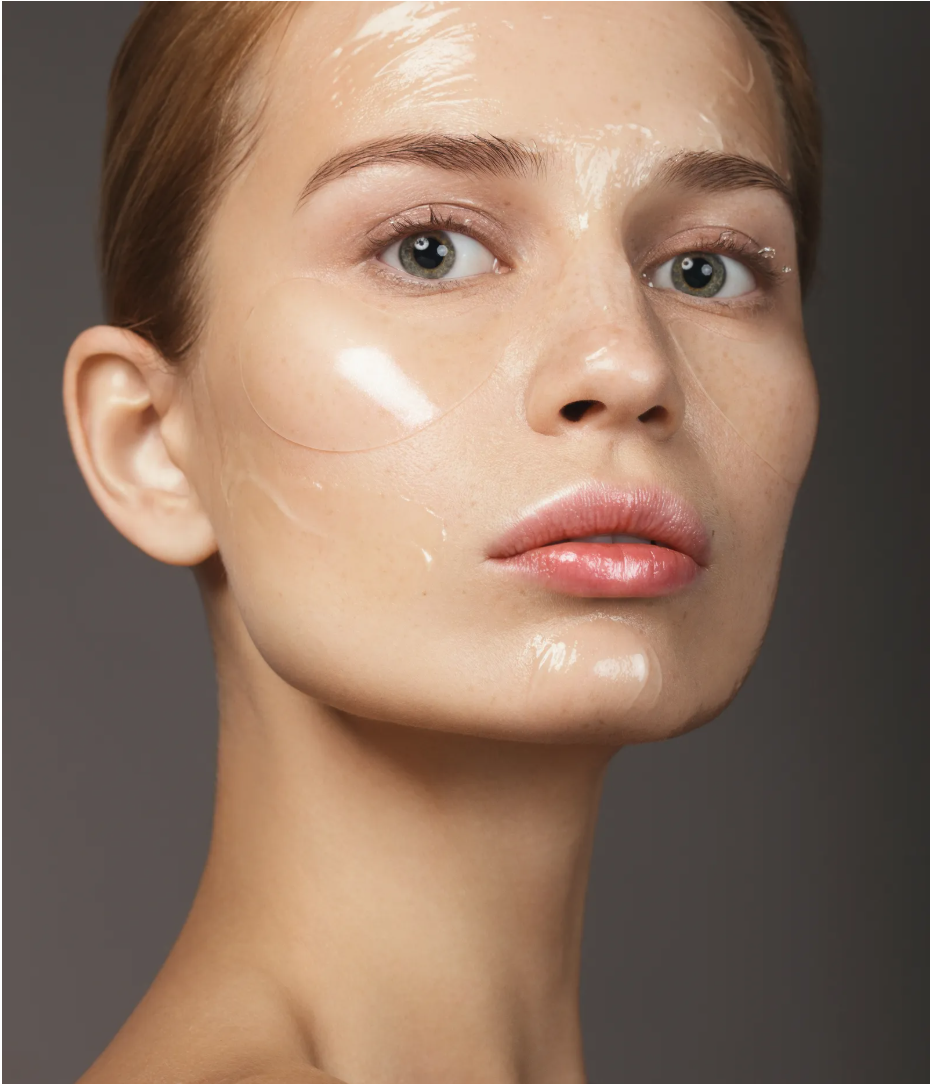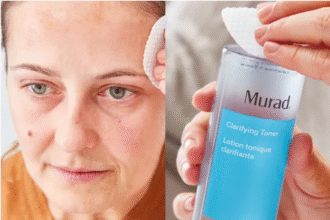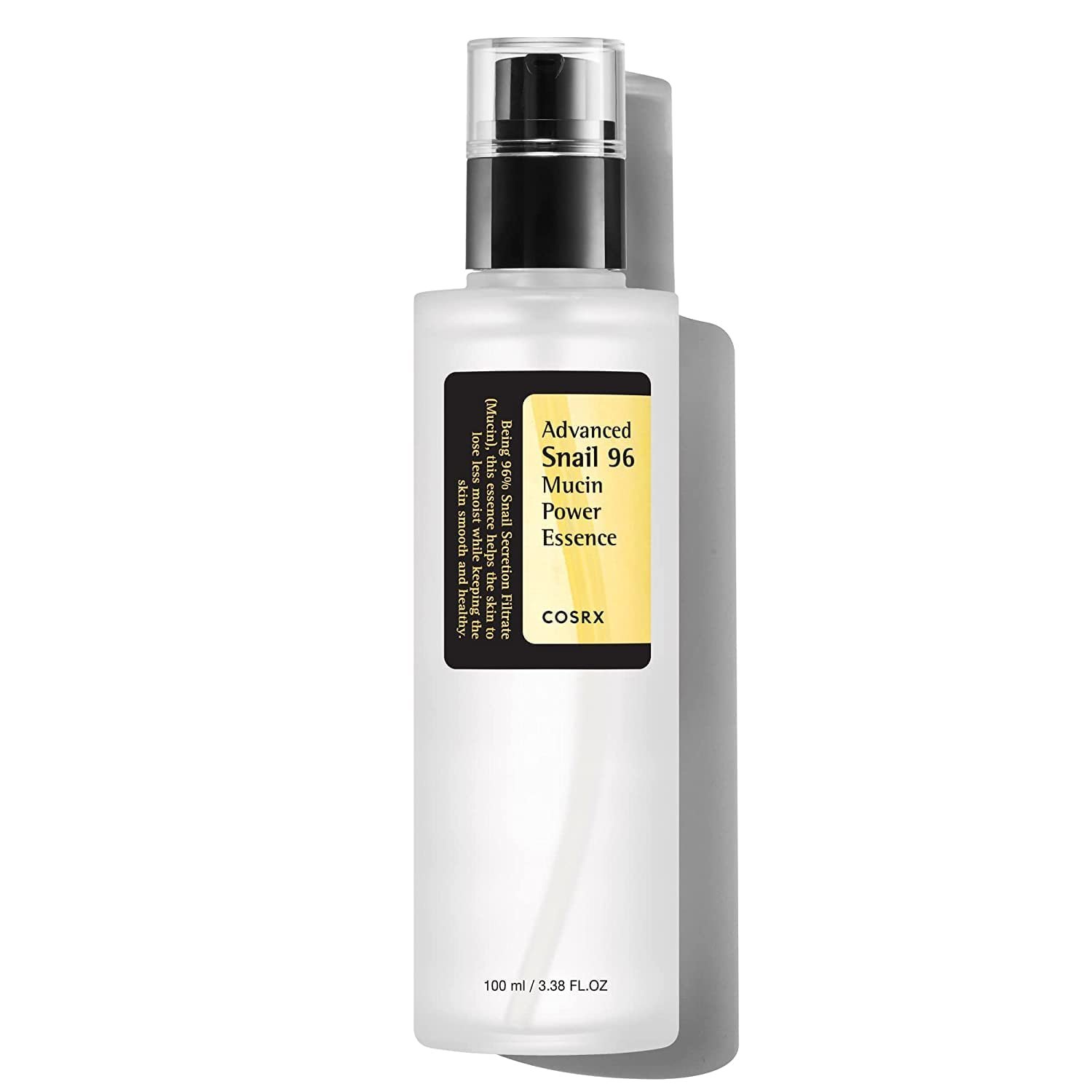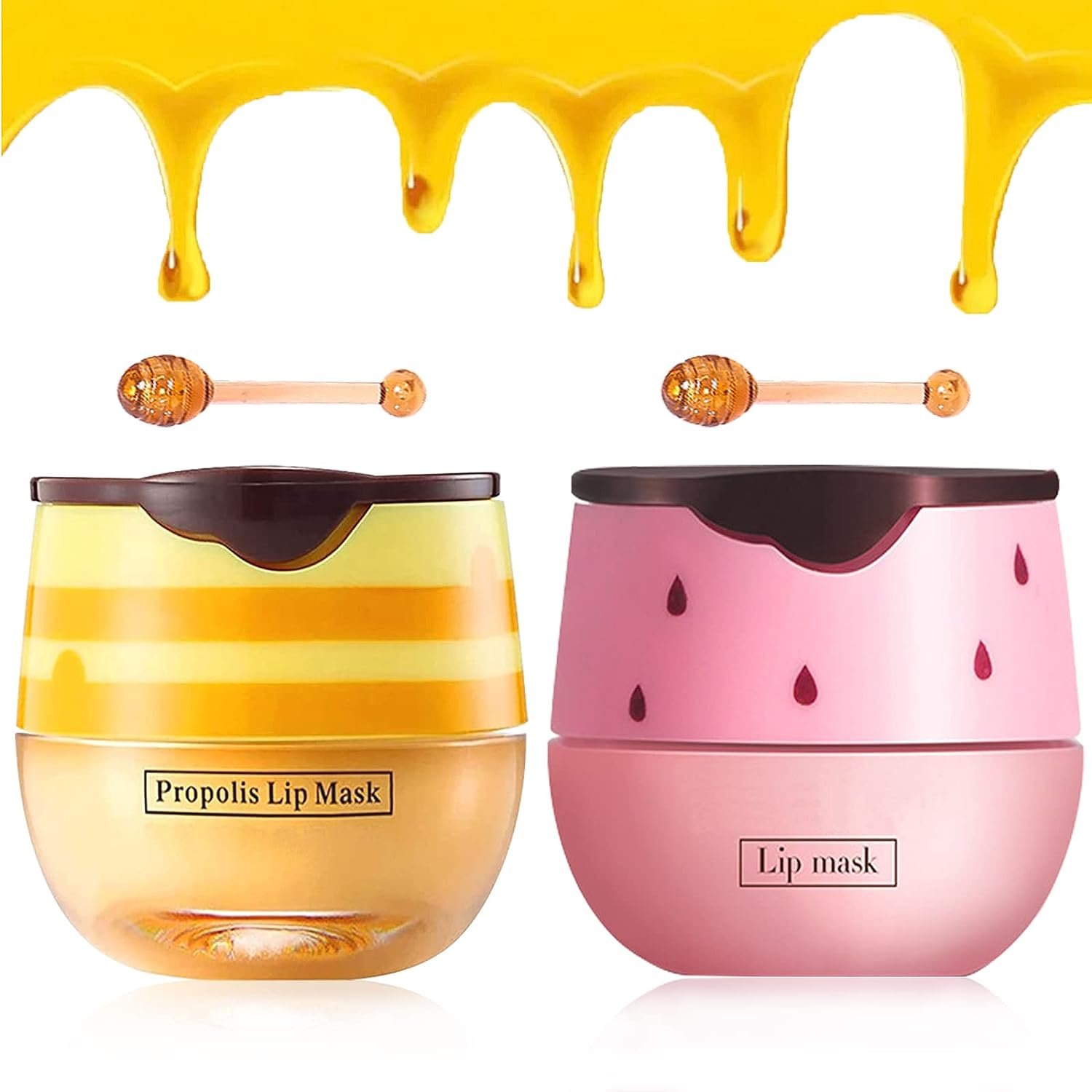Exosomes, a rising star in skincare, are becoming a hot topic in the beauty and health fields due to their unique biological properties and broad application prospects. From microscopic “couriers” between cells to “superheroes” of anti-aging skincare, the potential of exosomes is being continuously explored, and the skincare revolution they bring may redefine our understanding of skin care.
1. Exosomes: Microscopic “Couriers” Between Cells
Exosomes are tiny vesicles produced within cells, measuring only 50 to 200 nanometers in diameter. Like miniature “express parcels,” they carry mRNA, cytokines, DNA, proteins, lipids, and other genetic material, and can cross cell membranes to transport them from one cell to another. These tiny vesicles were once mistakenly considered waste products of cellular metabolism. It was not until the early 21st century, with advances in molecular research techniques, that scientists gradually recognized their important role in intercellular communication. In 2013, research on the transport function of cellular vesicles was awarded the Nobel Prize in Physiology or Medicine. This discovery further fueled a surge in exosome research in medicine and biology.
2. The Skincare Potential of Exosomes
(I) Anti-aging and Repair: Exosomes’ Specialties
In medicine, exosomes, due to their ability to cross biological barriers and transport substances, are widely used in cancer treatment, neurodegenerative disease research, and drug delivery systems. In the field of beauty and skincare, the application of exosomes is even more remarkable. They can promote skin cell regeneration, accelerate wound healing, and have anti-inflammatory and tissue repair potential. These properties have led to the increasing use of exosomes in skincare products such as moisturizers, serums, and facial masks, making them a new favorite in anti-aging skincare.
(II) Exosomes from Various Sources: Each with Its Own Advantages
Exosomes come from a variety of sources, including animal cells, plant cells, and microorganisms. For example, exosomes derived from umbilical cord blood, amniotic fluid, and platelets are widely used in medical aesthetic treatments due to their high safety and biocompatibility. They can effectively promote collagen production, reduce fine lines, repair skin after surgery, and strengthen hair roots. Furthermore, plant-derived exosomes, such as Centella asiatica exosomes, and fungal yeast exosomes, are also gaining market favor due to their natural and safe properties. Exosomes from different sources each have their own advantages, and consumers can choose based on their needs and skin type.
(III) Applications of Exosome Skincare Products
Currently, a wide variety of exosome skincare products are available on the market, covering a wide range of categories, including moisturizers, serums, and facial masks. For example, Dior’s Rose Essential Oil utilizes biomimetic rose exosomes and rose petal extract to provide dual moisturizing and anti-aging benefits. Dr. Wu’s Super Age-Defying Regenerating Serum incorporates 3000ppm of yeast exosomes and ingredients like Edelweiss stem cells to effectively improve skin aging. Akimia’s Triple Exosome Dry Microcurrent Mask combines microcurrent technology with exosome microencapsulation technology to enhance exosome penetration, allowing for better absorption of nutrients.
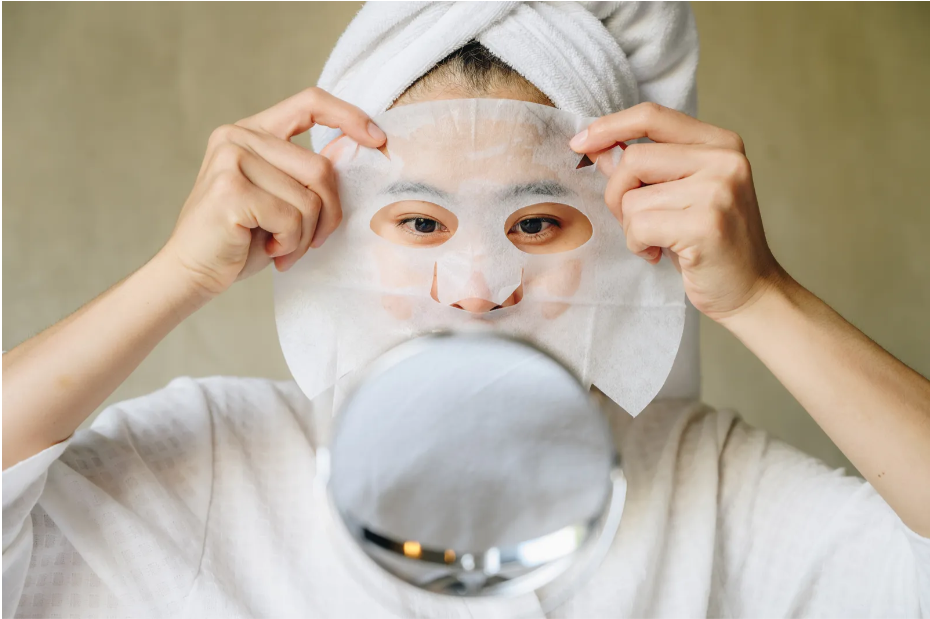
3. Safety and Efficacy of Exosomes
Although exosomes hold great promise for skincare applications, their safety and efficacy require careful evaluation. On the one hand, exosomes are not living cells, thus posing lower risks than stem cell therapies. On the other hand, current clinical studies on exosome skincare are small-scale, lack rigorous control groups, and lack standardization of exosome composition and dosage, making their therapeutic effects difficult to predict. Furthermore, the concentration and storage conditions of exosomes are crucial. Excessive concentrations of exosomes may cause skin irritation or allergic reactions, while too low a concentration may not achieve the desired effect. Therefore, when choosing exosome skincare products, consumers should prioritize brands that have undergone rigorous testing and certification.
4. Future Outlook for Exosomes
As an emerging skincare ingredient, exosomes are constantly being explored for their potential in anti-aging, repair, and skin health promotion. With the continuous advancement of science and technology, the extraction, purification, and application technologies of exosomes will also become increasingly mature. In the future, we have reason to believe that exosomes will play an even greater role in skincare, providing more options for those pursuing youthful and healthy skin.
In short, the emergence of exosomes has revolutionized the skincare field. They not only provide us with a new anti-aging and repair method, but also demonstrate the tremendous potential of intercellular communication in skincare. With in-depth research and technological advancements, exosomes are expected to become a mainstream skincare ingredient in the future, helping us better care for our skin and delay aging.




